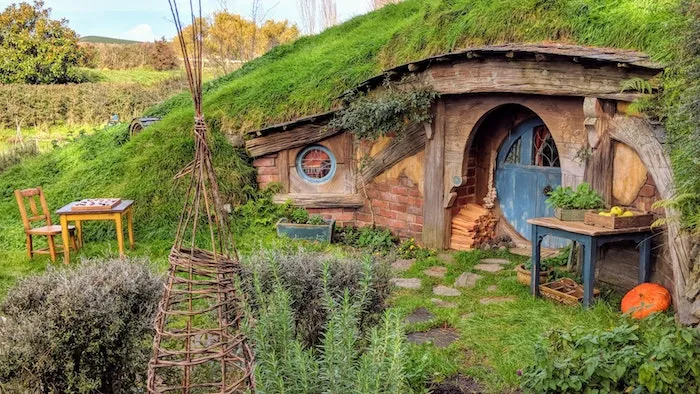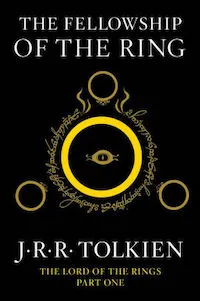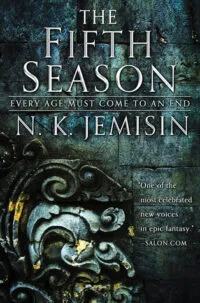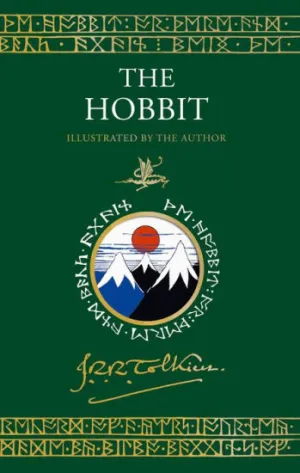
THE LORD OF THE RINGS Magic System, Explained
While The Lord of the Rings isn’t the first fantasy series in existence, it’s the archetype by which nearly all others since have been designed. Every epic fantasy since J.R.R. Tolkien’s novels set in Middle Earth has been influenced by or is outright trying to recapture the brilliance of those books.

Of course, it’s not really fantasy without magic, is it? Without magic, these stories are historical fiction. Maybe speculative if they’re still set in another world without magic. Magic in Middle Earth is woven into every facet of the world and life, so how exactly does The Lord of the Rings‘s magic system work?
Hard vs. Soft Magic
The first thing to understand when explaining the magic system of Middle Earth is the difference between hard magic systems and soft magic systems.
A hard magic system is one with clearly defined rules and systems. To get this, you must do this first. Dungeons and Dragons, being a rules-based system for gaming, has a very rigid magic system. Wizards must study and memorize spells. Warlocks wield magic based on their patron, often a deity.

Sometimes these magic systems require physical components to complete, like a metaphysical recipe. Sometimes, they’re tied to deities or elements. There could be specific incantations, physical movements, and personal costs involved to mage magic work. Books like Mistborn by Brandon Sanderson, The Fifth Season by N.K. Jemisin, and Rokka: Braves of the Six Flowers by Ishio Yamagata and Miyagi are all examples of stories with hard magic systems.
Soft magic systems, on the other hand, don’t have any real rules. Magic simply happens or simply exists. Maybe not everyone can wield it, sure, but there don’t seem to be any particular systems governing how magic works. The Lord of the Rings is a prime example of a soft magic system.
Who Wields Magic?
The first thing to understand with The Lord of the Rings magic system is that Middle Earth is not Earth. Yes, Tolkien was essentially creating a mythology for England. However, magic seems to be ever-presents in Middle Earth in a way that it is not in the real world. Mount Doom, the volcano, is the only place that can destroy The One Ring. No one made Mount Doom into a magical volcano. It just is. The very existence of Smaug, the barrow wights, and trolls that turn to stone in the sun give an intrinsic sense of magic to Middle Earth.
The primary conscious wielders of magic are, of course, wizards. Called Maiar in older tongues, they are actually primordial spirits who helped shape the world. In the Third Age (the era in which The Hobbit and The Lord of the Rings take place), exactly five of them have taken humanoid form as wizards. That right there tells you that everything about them is magical. They command the elements, can whisper or shout words of power, create orcs, and so much more. As a soft magic system, there is never really a limit places on the power of wizards like Gandalf or Saruman. There is also no specific system in place that governs how or when they use their magical abilities.

Elves, particularly high elves like Galadriel and Elrond, also have some magical power. Some of that may come from their use of Sauron’s rings, but some is intrinsic. Galadriel used a mirror to look into the past and future. Elrond was known as a great healer, and even called upon a river to wash away the Nazgul. Many elvish smiths seemed to wield magic as well, imbuing magical powers into their works like how Sting glowed when near goblins.
Notice a word that has come up twice now. Intrinsic. Tolkien did seem to lean into magic as part of nature, and therefore, certain species and beings had more access to magic because of who they are. Tom Bombadil, one of the most controversial characters in Tolkien’s work, is possibly the embodiment of nature. Perhaps he stands in for God. No one is certain. But he seems intrinsically linked to Middle Earth itself, and displays some of the greatest and easiest magic in the story.
There are others that use a little magic, as well. Sauron, of course, is a powerful Maiar like Gandalf. Men with blood of the First Men had some limited magical abilities, including prolonged life. Those with royal blood were shown to have magic tied to their bloodlines, such as Isildur, who cursed the Dead Men of Dunharrow to remain in Middle Earth until called upon.
So What are the Rules?
After all of this, can we even call The Lord of the Rings magic system a real “system?” Probably not. In creating a mythology, Tolkien made the entirety of Middle Earth a magical place. Magic was tied to the land, to powerful beings, and to those to distinguished themselves. Even that doesn’t explain every magical thing that occurred in The Lord of the Rings.
Ultimately, J.R.R. Tolkien created a magical world and used magic to tell his stories. He didn’t need a system for magic. He was too busy creating multiple, functional languages and a detailed world.
Want more Lord of the Rings and Tolkien? We’ve got you with a beginner’s guide to Tolkein studies and commentary, ideal ways to introduce kids to Middle Earth, and a roundup of facts you might not know about The Lord of the Rings.










